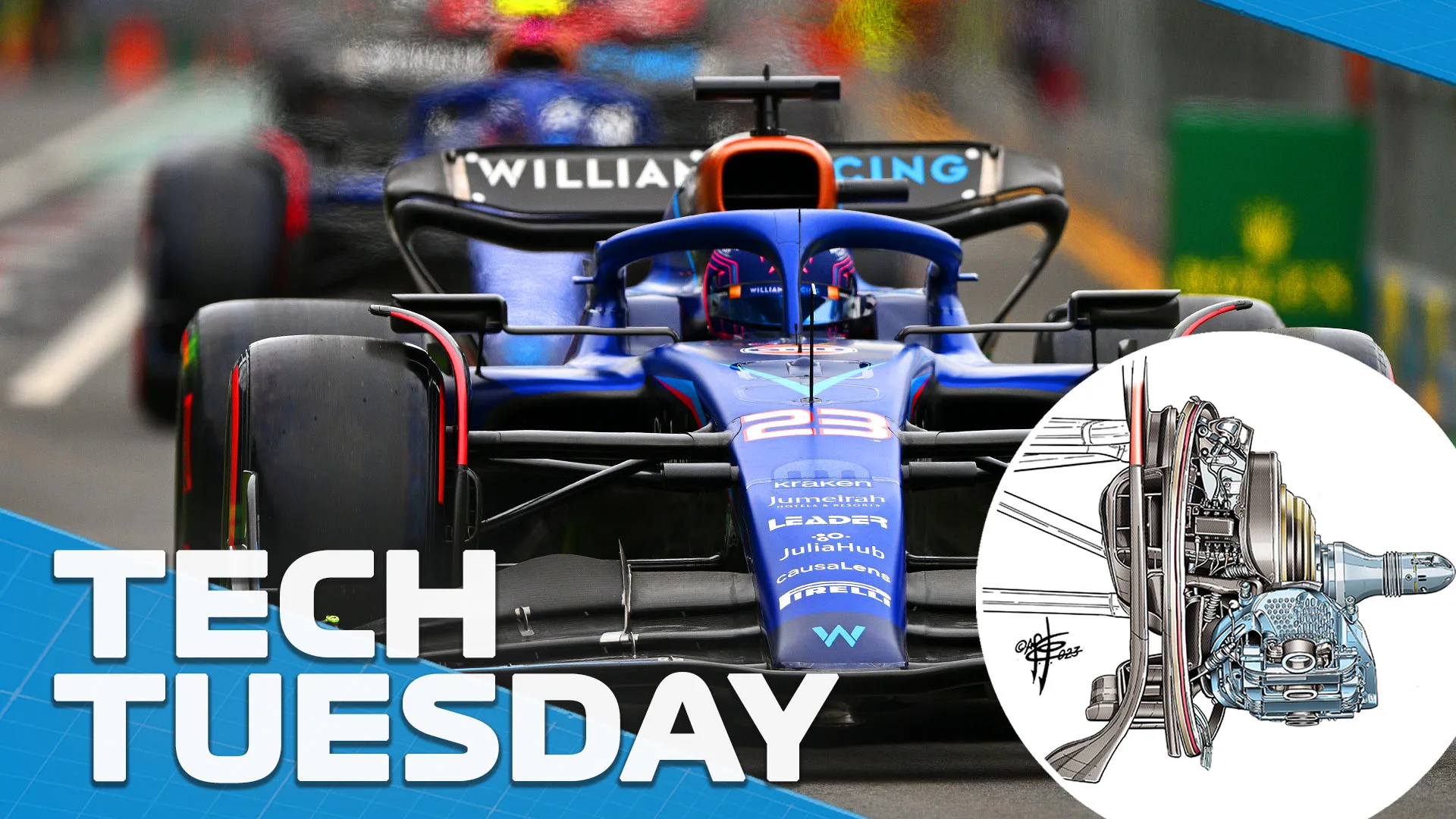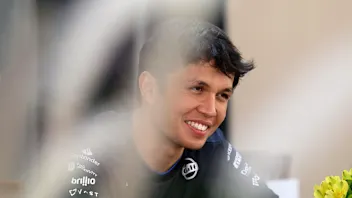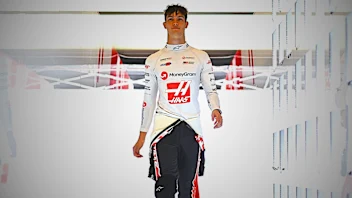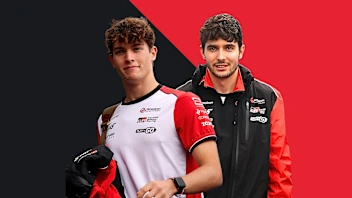TECH TUESDAY: Williams become the latest team to adopt a tech trend that’s set to sweep the grid


Following the lead of Aston Martin and Red Bull (as discussed here previously) Williams are the latest team to follow the trend of super-drilled brake callipers. These were introduced on the FW45 in Melbourne and were raced by both Alex Albon and Logan Sargeant.
When compared to the traditional style undrilled callipers on the current Ferrari, it can be seen how much more extensively they are drilled around the area where the calliper is clamping the pads to the brake disc.
Next Up
Related Articles
 Albon names moment he's most proud of from 2025
Albon names moment he's most proud of from 2025 ExclusiveHow Bearman went from super-sub to star rookie in 2025
ExclusiveHow Bearman went from super-sub to star rookie in 2025 Verstappen reflects on Mercedes talks and F1 future
Verstappen reflects on Mercedes talks and F1 future/TEAM%20PREVIEWSHALF%20TERM%20REPORTS%20DISPLAY%20V1%20(13).webp) End Of Year Reports 2025Racing Bulls’ best and worst moments from 2025
End Of Year Reports 2025Racing Bulls’ best and worst moments from 2025.webp) End Of Year Reports 2025Aston Martin’s best and worst moments from 2025
End Of Year Reports 2025Aston Martin’s best and worst moments from 2025 End Of Year Reports 2025Haas’ best and worst moments from 2025
End Of Year Reports 2025Haas’ best and worst moments from 2025
